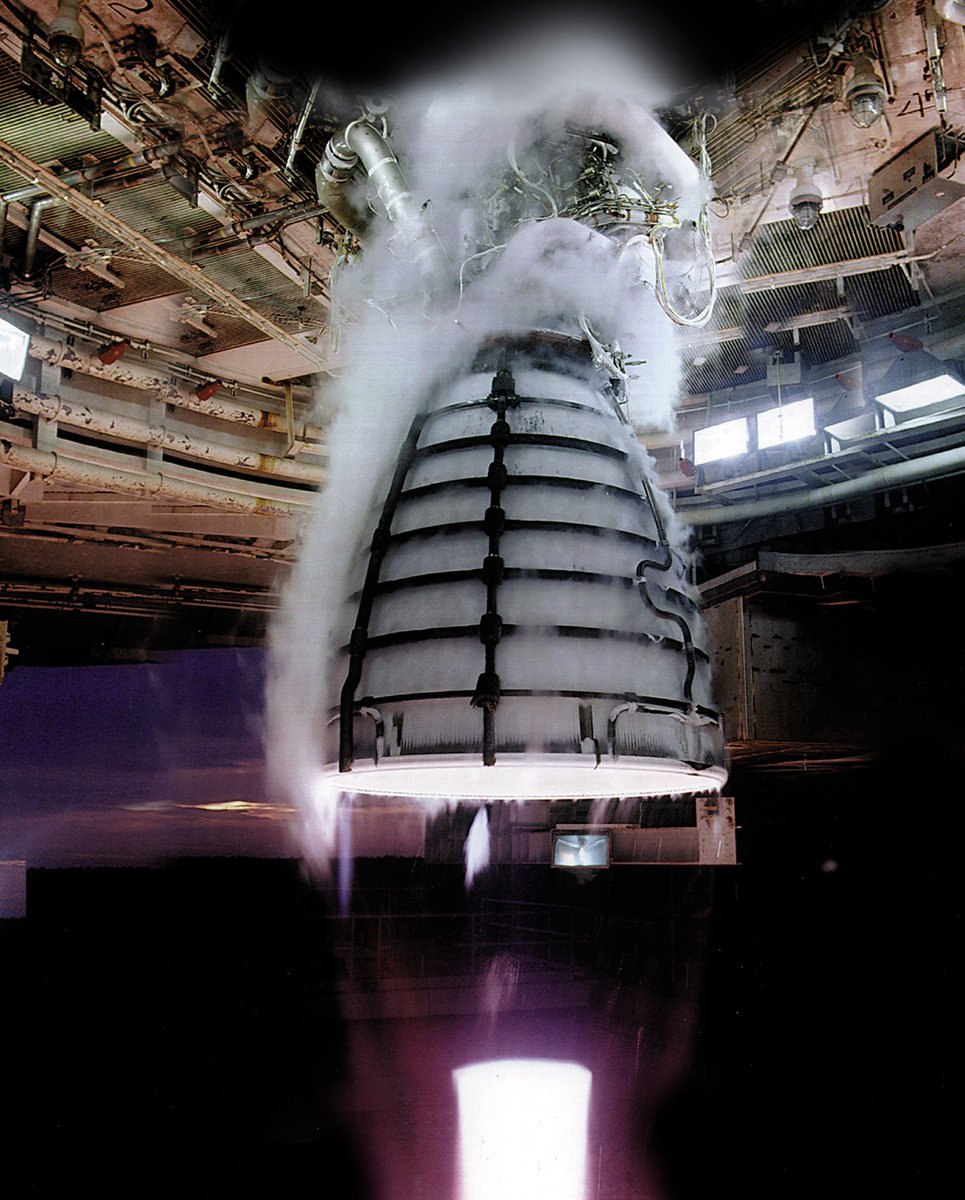Hydrogen and oxygen aren’t just essential components for your drinking water – they’re key to exploring deep space!
When hydrogen and oxygen are separated and kept at extremely low temperatures, they can propel the core stage of NASA’s new rocket, Space Launch System (SLS).
The rocket’s massive core stage will be filled with liquid hydrogen and liquid oxygen. There is a separate tank for each liquid – see below.
The welding of the liquid hydrogen tank is now complete, moving us another step forward toward the rocket’s first flight in 2018. It’s called Exploration Mission-1 (EM-1), and will launch with NASA’s new crew capsule Orion on top of the core stage.
Just how much liquid hydrogen and liquid oxygen will SLS carry? 2.3 million pounds!
The prime contractor building the rocket’s core stage is The Boeing Company. It’s not only Boeing, though – the company has worked with 442 other businesses on this project.
At NASA’s Marshall Space Flight Center, the rocket’s liquid hydrogen tank, liquid oxygen tank, forward skirt and engine section are being welded together. The tanks will be tested to ensure the quality of their manufacturing. After some cleaning and priming, the tanks, forward skirt, intertank and engine section will have wiring, plumbing and insulation installed in them. Power and data will travel to different elements through 45 miles of wire cabling!
In addition to the propellant, oxidizer and engines, the core stage will be filled with racks, sensors, cameras, lines for vent, shelves, couplings, wire cabling and more equipment. The parts of the core that will not hold liquid will be nearly filled with equipment. The core will then be insulated to preserve the required cold temperatures of the liquid hydrogen (minus 423 degrees Fahrenheit) and liquid oxygen (minus 279 degrees Fahrenheit) in addition to the important role of protecting the rocket’s core from extreme launch temperatures.
After being stacked together, core stage elements will have the final wiring, plumbing and insulation installed. The core will then be transported to NASA’s Stennis Space Center where it will undergo further testing before being moved to Kennedy Space Center for its upcoming 2018 launch.
Learn more about NASA’s SLS rocket at NASA.gov.



